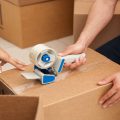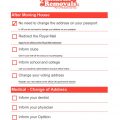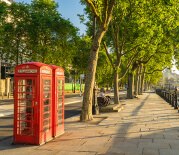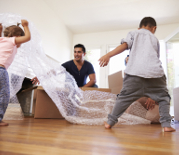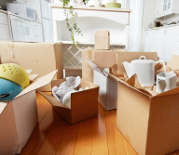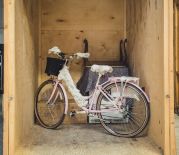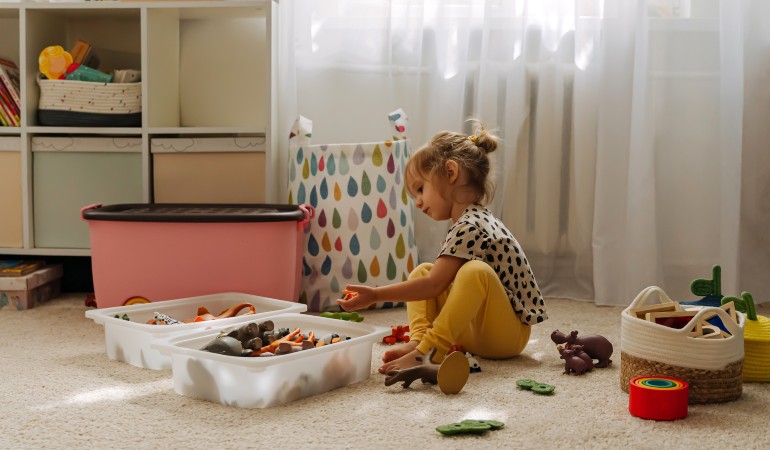
Every parent can tell you that when you have children, your home will be filled with toys, probably lots of them. To make things more organised and manageable, you’ll have to find ways to store them in the most efficient way possible.
If you want to keep your living space in order, you’ll need to arrange the toys properly. With the right tips and ideas, you can ensure that all your children’s toys are well-maintained, easily accessible, and kept in the best possible way to extend their lifespan.
Here are a few tips and tricks to effectively store your kid’s dolls, soft toys, etc., so playtime is more enjoyable and cleanup is much easier.
Table of Contents
1. Sort and categorise
First of all, you’ll need to come up with a storage system for all the toys. If all of them are mixed up at the moment, start by sorting and categorising. Organising toys based on their type is one way to easily locate specific items and maintain a neat and tidy storage system.
Begin by gathering all the toys in one area and creating designated spaces for each category. This could include separating dolls from action figures, puzzles from board games, or cars from building blocks.
You can also involve the kids in the process. Sorting and categorising will not only help with storage but also encourages children to develop organisational skills and promote a sense of orderliness in their play area.
2. Declutter and donate
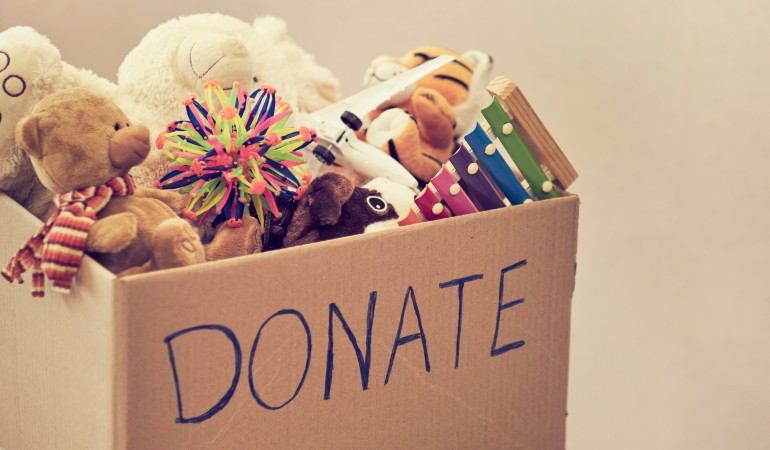
Go through the pile of toys and assess which are no longer used, broken, or no longer spark joy for your children. Decluttering helps create more space for the toys that are actively played with and reduces unnecessary clutter.
Consider donating the ones that are no longer in use to local charities, children’s hospitals, or shelters, where they can bring joy to other children in need. Not only does this act of kindness help others, but it also teaches children the value of giving and establishes a sense of gratitude for what they have.
3. Limit the number of toys of the same type
While it’s natural for children to have preferences and enjoy specific types of toys, an excessive amount can overwhelm them and make it harder to find an individual toy. When setting a reasonable toy limit, you encourage children to value and appreciate the toys they have while also ensuring that there is enough space to store them properly.
So you can discuss with your child the idea of keeping a curated selection of their favourite toys within the designated limit. This will help them learn to prioritise their toys. Limiting the toys’ number will also reduce the chance of the former being neglected or forgotten and makes it easier to keep the play area tidy. You can consider adding the extra toys to the donation stack.
With this approach, you create a more focused and manageable toy collection that promotes meaningful play and easier organisation.
4. Prepare your soft toys for long-term storage
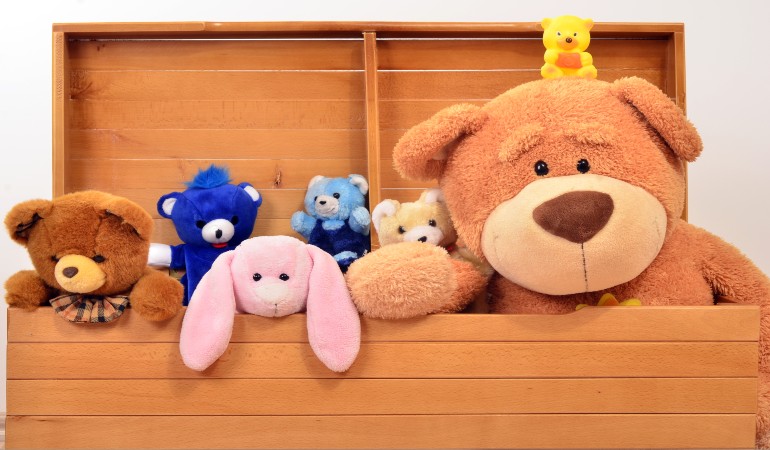
If you don’t feel like parting with your kids’ toys, that’s perfectly alright. Soft toys that are no longer in use can be passed on to your future children. It’s important, though, to keep them well-protected to ensure their longevity, making them meaningful heirlooms that will be passed down for generations to come.
Here is how to best prepare these toys for long-term storage:
- Inspect the soft toys for any loose threads, torn seams, or missing parts. Repair any damage to ensure the toys are in good condition.
- Use a vacuum cleaner with a brush attachment or a soft cloth to remove any dust or dirt from the soft toys.
- If the soft toys are washable, follow the care instructions on the label and wash them using a gentle cycle or hand wash. Use a mild detergent, and avoid using bleach or harsh chemicals unless specified. For non-washable toys, spot-clean them with a damp cloth or a gentle cleaning solution.
- Allow the toys to dry completely. Squeeze out excess water gently and reshape them if necessary. Avoid using a dryer as it can damage the toys. It would be best to air-dry them instead, preferably away from direct sunlight.
- Use a storage container that is large enough to accommodate the soft toys without squishing them (more about different types of containers below). Breathable fabric bags are a good option for preserving the softness of the toys. Avoid plastic bags, as they can trap moisture and cause the toys to develop a musty smell.
- To prevent toys from rubbing against each other or getting tangled, place acid-free tissue paper or white cotton fabric between them. This helps preserve their condition and prevents any potential damage.
- Store the soft toys in a cool, dry location and away from direct sunlight, just like when storing garden cushions. Avoid areas with high humidity, as it can cause mould or mildew.
- Check the toys periodically for any signs of damage, pests, or mould, and take appropriate action if necessary.
These steps will help you store soft toys properly so they stay clean, protected, and ready to play. If you are already using storage services, you can always keep the toys in the storage unit, where they’ll be in good and safe storage condition. Plus this way, you can save more space in your home.
5. Utilise the vertical space
A great toy storage idea is to make the most of your vertical space! Instead of relying solely on floor storage, utilise the walls and vertical surfaces in your children’s play area.
Install wall-mounted shelves, floating shelves, or hanging organisers to create additional storage options. These vertical storage solutions not only maximise space but also keep toys off the floor, creating a more spacious and organised environment.
Consider using hooks or pegboards to hang larger toys or items with handles, such as costumes or musical instruments.
Providing Secure Storage Services is One of Fantastic Removals Specialities
Enter your postcode to view our rates and availability in your area.
For questions about the services we offer visit our main site or you can always call us at 020 3746 0584
6. Invest in shelves and cubbies
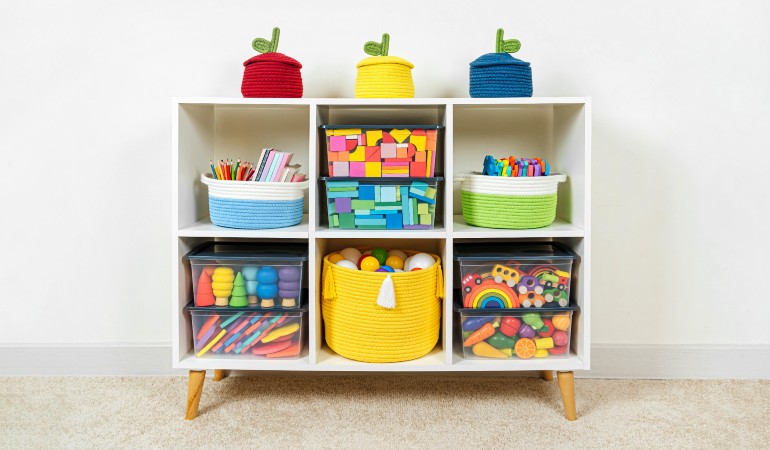
As we’ve already established, shelves and cubbies are fantastic storage options that not only help maximise the use of vertical space but also provide designated areas for organising toys.
Shelves offer a great way to showcase toys, making them easily accessible while adding a decorative element to the room. Cubbies, on the other hand, provide separate compartments for different toy categories, allowing for efficient sorting and storage.
When selecting shelves and cubbies, opt for sturdy and child-friendly options that can withstand the weight and handling of various toys. Make sure your cubbies are spacious enough to hold bigger storage containers since they come in handy for toys.
7. Choose the most suitable container type
Speaking of storage containers, they can be quite helpful for organising toys. There are different types of containers to choose from, so consider the size, shape, and quantity of toys you need to store when selecting the type. If you are going to arrange storage containers on shelves or cubbies, you have to make sure they can fit in the openings.
Here are a few options to consider:
- Clear plastic bins are versatile and allow you to see the contents without opening the container. They work well for small toys, such as building blocks, action figures, or art supplies.
- Fabric bins or baskets are great for storing larger toys, stuffed animals, or other soft toys. They are flexible, lightweight, and can be easily stacked or placed on shelves. Choose durable and washable fabrics for longevity.
- Toy chests provide a whole lot of storage space and can accommodate various toy sizes. They are particularly useful for bulky toys like ride-on cars or bigger stuffed animals. Look for chests with safety features like slow-closing lids to protect little fingers.
- Drawers or rolling carts with different compartments or dividers are practical for organising small toys, art materials, or puzzles.
By choosing the most suitable container type, you can ensure efficient storage and an easier way for the kids to tidy up their rooms.
8. Label the containers
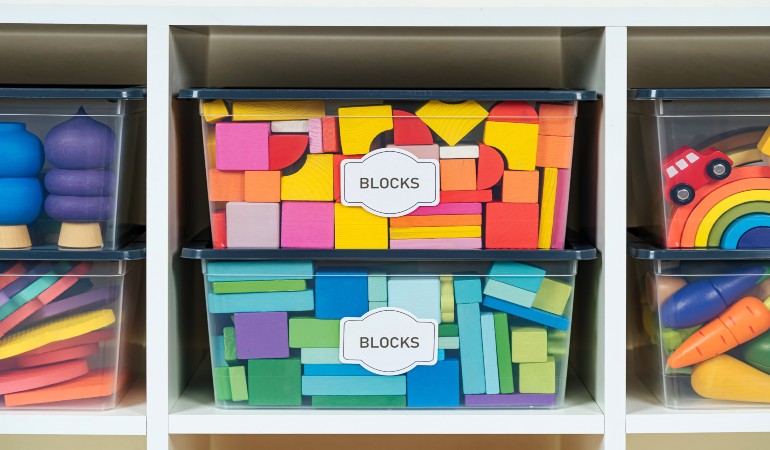
Clear and visible labels make it a breeze to know what’s inside each container without having to open them all up. Make sure the labels are easy to read for kids. Be descriptive on the labels by mentioning the specific types of toys or items stored inside.
To make things even more fun, you can use pictures or icons along with the labels, especially for little ones who might not read yet. Use tags that stick well to the containers but can also be easily removed or replaced if needed. Try to place the labels in the same spot on each container so everything looks nice and organised.
You can involve the children in the process as well. With well-labelled containers, finding and putting away toys becomes a piece of cake!
Check also:
9. Take advantage of the furniture space
Utilise the space underneath the beds and kids’ tables and use it to store toys. Many people use the space under the beds to store coats, so why not do the same with toys? Invest in rolling drawers or bins that can easily slide in and out, allowing you to access the stored toys with convenience.
Furniture pieces that offer hidden storage compartments, like children’s chairs and even ottomans in the living room, can provide valuable extra storage space for toys, blankets, or other items, while also serving a functional purpose in the room.
10. Rotate when there are too many toys
When the toy count starts to feel overwhelming, it’s a good idea to implement a toy rotation system. Toy rotation involves periodically swapping out a portion of the toys that are currently in use with those that are stored away.
Start by selecting a set number of toys to keep out for play and store the rest in a separate container in the attic or garage. After a certain period, such as every few weeks or every season, switch the toys, bringing out the stored ones and putting away the ones that were being used.
All of this will allow the children to experience their toys in a fresh and renewed way, maintaining their interest and preventing boredom.
Putting Your Personal Belongings in Storage is Easy With Fantastic Removals
Enter your postcode to view our rates and availability in your area.
For questions about the services we offer visit our main site or you can always call us at 020 3746 0584
Takeaways
- Sorting, categorising, and decluttering are key steps for effectively storing toys.
- Utilising furniture and storage containers is important for organising the toys.
- Proper toy storage is essential for their long-term preservation.


